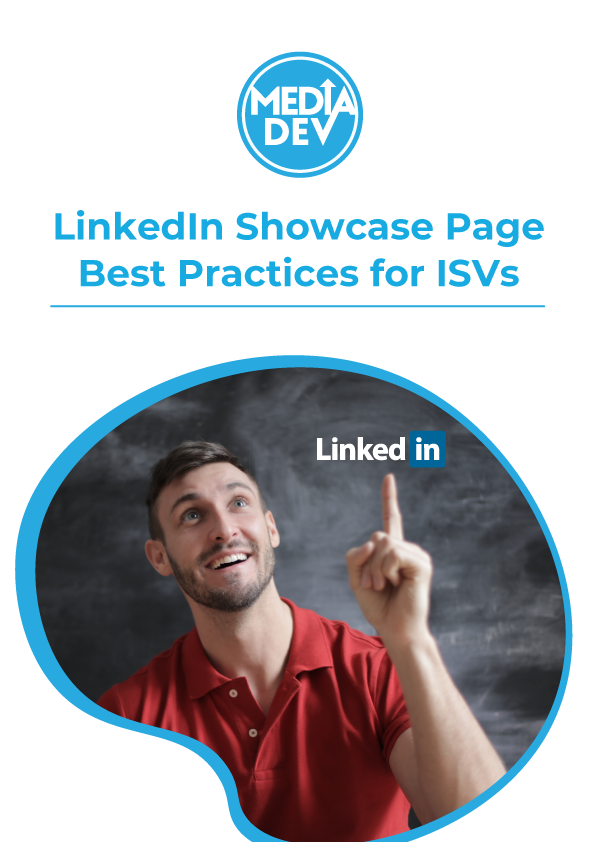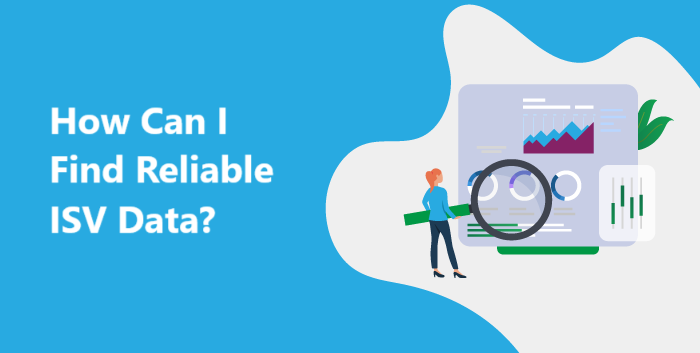Maybe, the majority of your budget goes toward trade show booths and attendance for members of your team. Or, if you sell through a channel, you may allocate marketing budget to market development funds (MDF) to your channel.
Although there are numerous marketing media choices available to you, I’d like to suggest one more: Don’t limit yourself to just one. Consider, instead, running cross-channel marketing campaigns.
What is cross-channel marketing?
Cross-channel marketing involves coordinating your efforts across multiple channels and acknowledges the fact that your target audience is active in a variety of places. It’s an effort to be visible everywhere they are. Cross-channel marketing also gives you a greater opportunity to control your brand image and ensure that your audience has consistent experiences with your company, regardless of where they engage.
Successful cross-channel marketing campaigns share these high-level characteristics:
- Deliberate: Cross-channel marketing isn’t throwing everything you have against a wall and seeing what sticks. Not only would that be a waste of time and effort, but many types of marketing also come with a substantial price tag. A smarter approach is to research your target audience. Learn which online or print magazines have them on their circulation lists, which social media sites they’re most active on, which blogs or content on your website that gets the most traffic. Choose the channels that work for your audience.
- Addresses both buyers and browsers: Most people have researched software before they ever reach out to or agree to a meeting with a sales representative. HubSpot research found that 62 percent of people go to a search engine when they want to learn about new products and services, and 41 percent go there when they’re ready to buy. On the other hand, 29 percent reach out to a business’ sales reps when they want to know more, but 43 percent connect when they’re ready to buy. It’s vital for you to have content on your website that engages both people gathering information and those ready to buy — and a coordinated cross-channel marketing campaign can direct people to that information when they’re reading about your solutions, active on social media, or picking up a brochure at a trade show.
- Cost effective: A well-planned cross-channel marketing campaign gives you the ability to get the most mileage out of the content and marketing assets you produce. You are investing your team’s time and talent into creating content; ROI will be limited if you only promote it on one channel. Use your blogs to inspire LinkedIn posts, tweet attention-grabbing infographics, share commentary on studies or benchmarks with partners and media outlets to expand your reach and increase backlinks. A cross-channel approach can help you reach the greatest number of people in your target audience without making a proportionately larger investment.
- ROI-focused: Cross-channel marketing isn’t just about stretching your marketing budget. It’s also about getting results. Although it’s probably not possible to link every sale to a specific marketing campaign, ISVs can measure marketing ROI in terms of web traffic, ad impressions, and marketing leads. Determine the benchmarks you need to hit for the investment you are making and collect data to monitor performance. Then, double down on what works best for your business and your audience.
- Supported: Successful cross-channel marketing campaigns are not the work of one person. They take support from your business’ leadership, input and creativity from team members with diverse skills, and partnerships with organizations and companies willing to share your content. Don’t attempt to simply launch a campaign. Build a team.
Everywhere, all the time
Before the internet, smartphones, mobile devices, and other tech advancements, reaching every member of your target audience looking for information on solutions like yours seemed impossible. Now, it’s really not. You have the ability to research where your prospects are, create ways to help them find your information, and automate engagements with them at virtually any time.
The key is not to fixate on one avenue to get your message across. Use every opportunity to connect with people who are looking for the solutions you provide.









